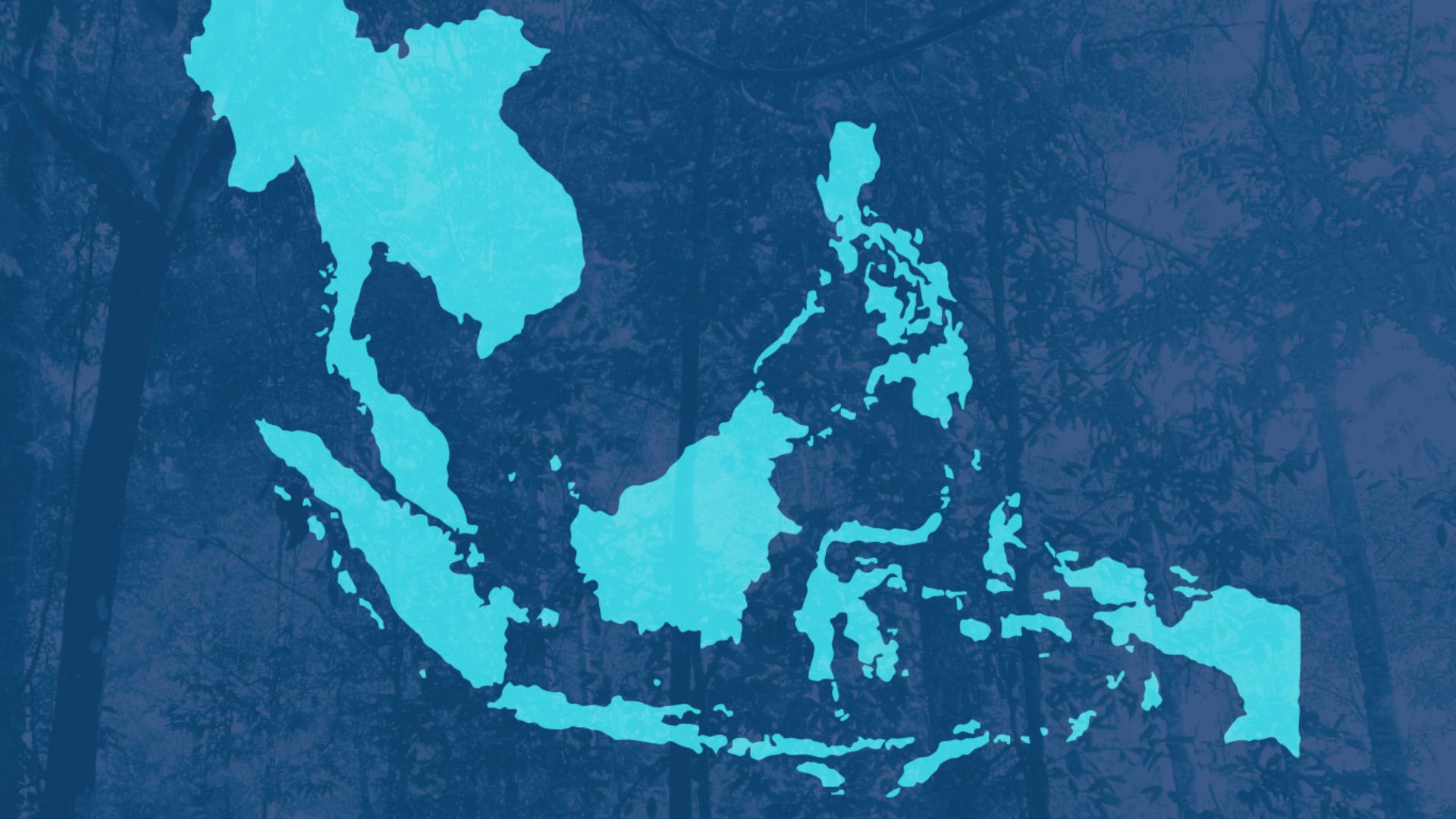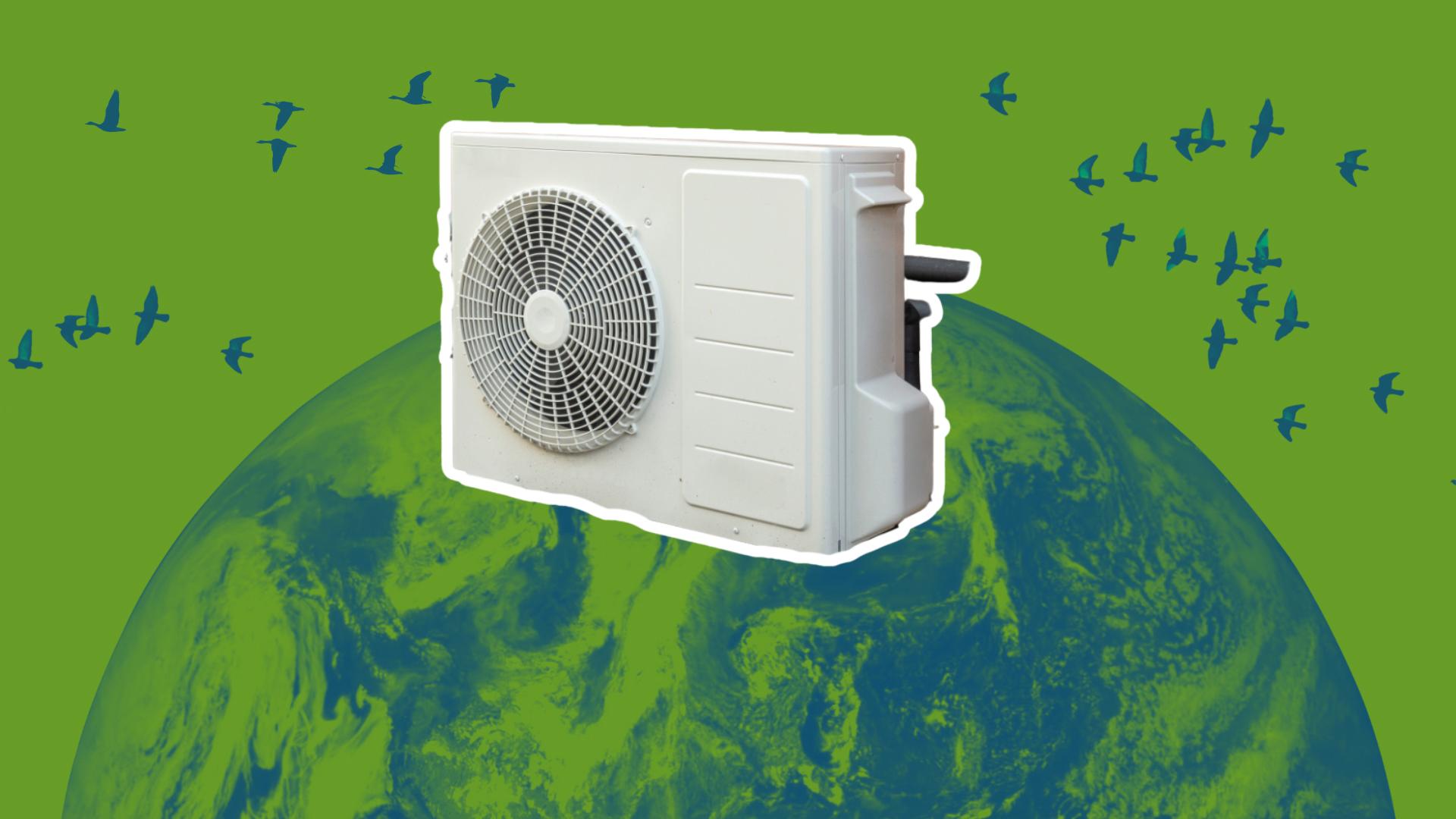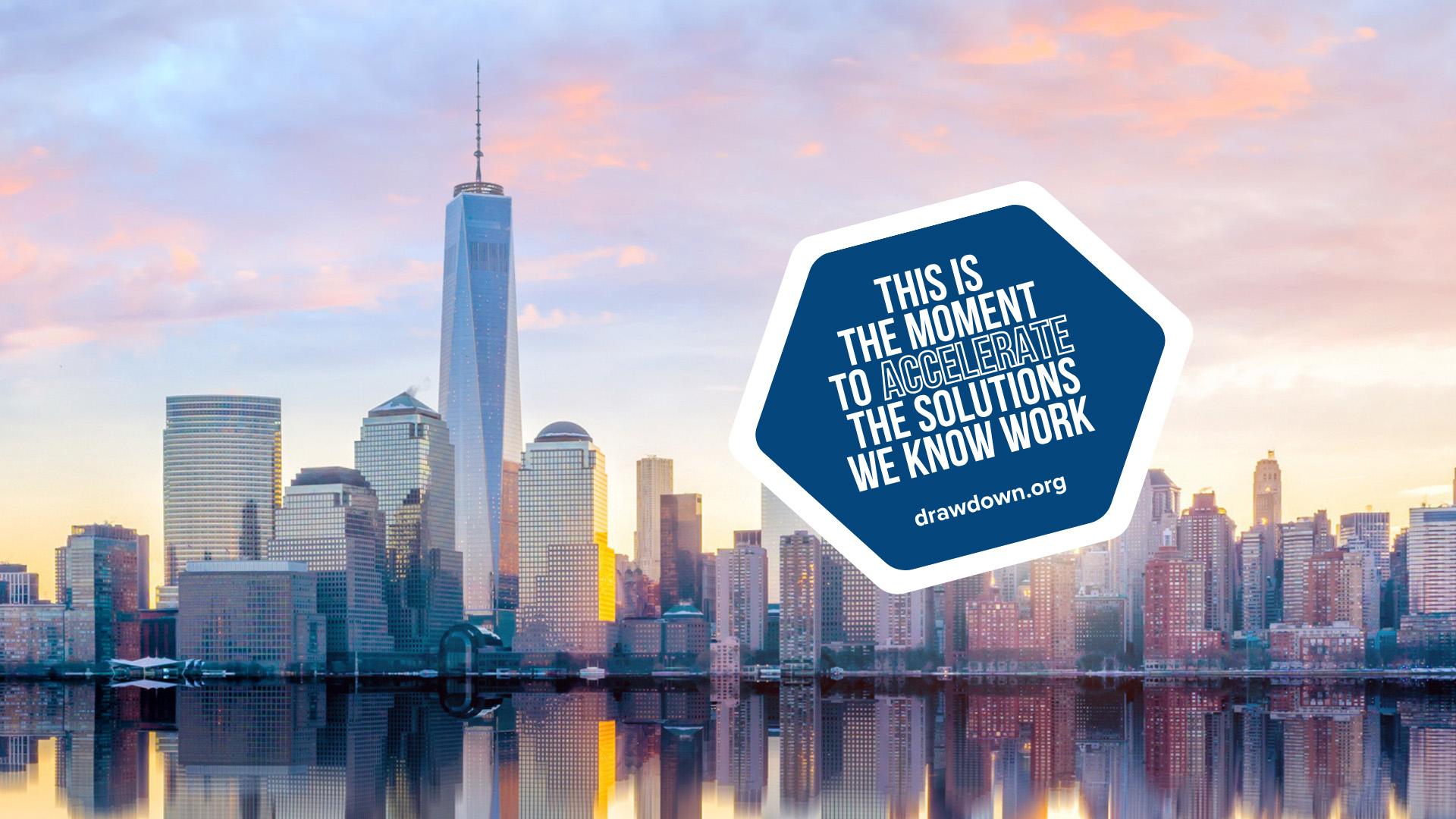I have written about how – and why – to talk to kids about climate change, and one great place to start those conversations is in classrooms. Climate change solutions can and should be integrated into every subject, from kindergarten through graduate school, fostering a comprehensive understanding of our environment and empowering the next generation to take action. But there’s not one “right” way of doing it, so here are ten practical tips for educators looking to integrate climate change solutions into their curriculum.
- Educate yourself. Be curious and recognize that you don’t need to know everything about climate change to talk about it with your students. Resources like the video series Climate Solutions 101 can be a great starting point. Created in response to educators’ needs, this series provides clear, science-based insights about climate solutions. Open Education Resources has thousands of climate change education resources for all ages.
Integrate climate change across subjects. Unlike most schools, which have discrete subjects (science, social studies, math, etc.), the challenges we face don’t fit into neat, subject-specific buckets. I probably don’t need to convince you that climate change impacts everything from insurance to food supplies to building costs. So, it shouldn’t be surprising that every subject – whether in K-12 or higher education – can find a way to incorporate both the challenges we face and the solutions to address those challenges. And, our students are asking for our expertise and guidance in the face of a changing world.
Several years ago, I co-designed an award-winning climate change-focused faculty learning community for 62 California State University (CSU) faculty members who taught everything from criminal justice to anthropology to business administration. None of those faculty members felt prepared to teach about climate change when we started, but all of them knew their students wanted class time dedicated to talking about climate change through the lens of their subject matter. By the end of the sessions, each faculty member found ways to incorporate climate change solutions into their curriculum. From comedy and climate nights to interactive dance performances, faculty members at CSU and beyond are supporting students in finding engaging, creative ways to connect with climate change solutions.
- Identify local climate change solutions to make the issue relatable and actionable. From Pittsburgh to Atlanta, local climate action is everywhere! Through our Drawdown’s Neighborhood short documentary series, we share inspiring stories of climate heroes who often go unheard. While we have covered climate heroes in six areas, there are millions of local actions happening in other communities. How might you find people and places implementing climate change solutions in your community and possibly visit them?
- Invite guest speakers. Find people from local organizations working on climate change solutions to share their knowledge and expertise and provide students with examples of career pathways. Look beyond traditional scientists toward business leaders, public officials, philanthropists, and others to showcase how every job can be a climate job. Our Job Function Action Guides are practical and shareable resources that highlight specific, high-impact climate actions employees in common corporate professions can take at work. Build in enough time for students to ask lots of questions and engage with the guests.
- Use simulations and games. Games and simulations can make invisible things, like greenhouse gas emissions, visible. They can also give students an opportunity to practice collaborating with others to stop climate change, trying various scenarios to explore the type of future they want to help create. Daybreak is a cooperative board game about stopping climate change that presents a hopeful vision of the near future, where you get to build the mind-blowing technologies and resilient societies we need to save the planet. If video games are more your style, Never Alone (Kisima Ingitchuna) explores the cultural folklore of the Iñupiat Native Alaskan people while touching on climate change and the relationship between humans and nature.
- Get students involved. Cultivate curiosity and a sense of noticing among your students by encouraging student-led projects and internships and involving them in gathering scientific data. What solutions might your students implement in your classroom, school, or community? Encourage students to brainstorm their own ideas for tackling climate issues, whether at the local, national, or global level. Activities like hackathons or idea incubators can foster creativity and collaboration and build scientific inquiry skills. There might also be climate nonprofits in your area looking for student volunteers that you can reach out to.
- Find ways for students to engage with local governments. Introduce students to the importance of policy in addressing climate change. Discuss local and global climate policies and encourage students to think about their role as citizens. Attend a school board meeting or a local city council meeting as a class and consider sharing public testimony. Consider inviting local elected officials into your classroom to discuss local issues and solutions-focused projects.
- Make it personal and joyful. There is space for everyone in the climate movement, but it can be challenging to figure out how we want to show up. Encourage your students to reflect on three questions posed by Ayana Elizabeth Johnson, PhD: What brings you joy? What work needs doing? What are you good at? The intersection of these questions can help students identify their unique climate purpose. By fostering this personal connection, you empower them to see how their individual strengths can contribute to broader climate solutions.
- Share stories. Stories are powerful tools for change. Encourage your students to explore and contribute to platforms like the Global Solutions Diary, a community-generated video library that shares everyday stories about climate action from people around the world. By documenting local solutions, students can see the global impact of individual efforts and gain inspiration to take their own steps toward climate action.
- Embed a sense of science-informed optimism and hope. As trusted educators, we have an obligation to share the troubling realities and threats of climate change (in age-appropriate ways) with our students. And, we also have an obligation to ensure that we share information about people worldwide working together to create a better, more just future. The Solutions Story Tracker from the Solutions Journalism Network – sortable by topic area, including climate change – is a great place to find fact-based stories of hope, inspiration, and change.
Embedding climate change solutions in every curriculum is an important part of building an informed, active citizenry ready to work toward stopping climate change. By implementing these ten tips, educators can create a rich learning environment that empowers students to engage with climate issues critically and creatively. The future of our planet depends on the actions we take today – let's inspire the next generation to lead the way.
Elizabeth Bagley, Ph.D., is an interdisciplinary environmental scientist and learning scientist with experience spanning academia, business, and the nonprofit sector.
This work was published under a Creative Commons CC BY-NC-ND 4.0 license. You are welcome to republish it following the license terms.












